
Rockwell International was a major American manufacturing conglomerate involved in aircraft, the space industry, defense and commercial electronics, components in the automotive industry, printing presses, avionics and industrial products. At its peak, Rockwell International was No. 27 on the Fortune 500 list, with assets of over $8 billion, sales of $27 billion and 115,000 employees.

Publishing is the activity of making information, literature, music, software, and other content available to the public for sale or for free. Traditionally, the term refers to the creation and distribution of printed works, such as books, comic books, newspapers, and magazines. With the advent of digital information systems, the scope has expanded to include digital publishing such as e-books, digital magazines, websites, social media, music, and video game publishing.
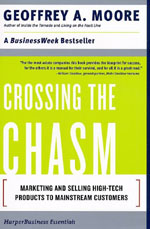
Crossing the Chasm: Marketing and Selling High-Tech Products to Mainstream Customers or simply Crossing the Chasm, is a marketing book by Geoffrey A. Moore that examines the market dynamics faced by innovative new products, with a particular focus on the "chasm" or adoption gap that lies between early and mainstream markets.
The halo effect is the proclivity for positive impressions of a person, company, country, brand, or product in one area to positively influence one's opinion or feelings. The halo effect is "the name given to the phenomenon whereby evaluators tend to be influenced by their previous judgments of performance or personality." The halo effect is a cognitive bias which can prevent someone from forming an image of a person, a product or a brand based on the sum of all objective circumstances at hand.

Good to Great: Why Some Companies Make the Leap... and Others Don't is a management book by Jim C. Collins that describes how companies transition from being good companies to great companies, and how most companies fail to make the transition. The book was a bestseller, selling four million copies and going far beyond the traditional audience of business books. The book was published on October 16, 2001.
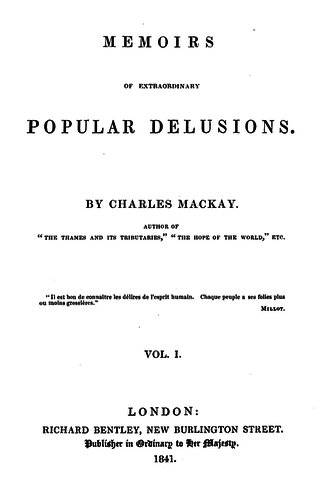
Extraordinary Popular Delusions and the Madness of Crowds is an early study of crowd psychology by Scottish journalist Charles Mackay, first published in 1841 under the title Memoirs of Extraordinary Popular Delusions. The book was published in three volumes: "National Delusions", "Peculiar Follies", and "Philosophical Delusions". Mackay was an accomplished teller of stories, though he wrote in a journalistic and somewhat sensational style.
In Search of Excellence is a book written by Tom Peters and Robert H. Waterman Jr. First published in 1982, it sold three million copies in its first four years, and was the most widely held monograph in the United States from 1989 to 2006. The book explores the art and science of management used by several companies in the 1980s.
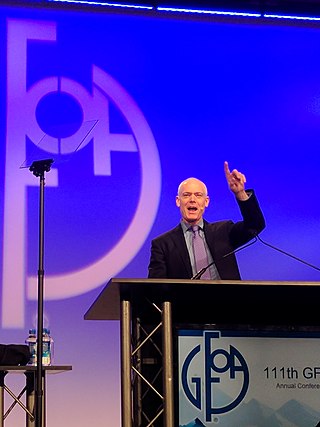
James C. Collins is an American researcher, author, speaker and consultant focused on the subject of business management and company sustainability and growth.
Jerry I. Porras is an American organizational theorist, Lane Professor Emeritus of Organizational Behavior and Change at the Stanford University Graduate School of Business. He is best known as co-author of the 1994 bestseller Success Built to Last: Creating A Life That Matters, written with James C. Collins.
The Ultimate Boeing 747 gambit is a counter-argument to modern versions of the argument from design for the existence of God. It was introduced by Richard Dawkins in chapter 4 of his 2006 book The God Delusion, "Why there almost certainly is no God".

Roy Alan Rosenzweig was an American historian. He was the founder and director of the Center for History and New Media at George Mason University from 1994 until his death in October 2007 from lung cancer, aged 57. After his death, the center was renamed the Roy Rosenzweig Center for History and New Media in his honor.
Quality investing is an investment strategy based on a set of clearly defined fundamental criteria that seeks to identify companies with outstanding quality characteristics. The quality assessment is made based on soft and hard criteria. Quality investing supports best overall rather than best-in-class approach.
Blindspots analysis or blind spots analysis is a method aimed at uncovering obsolete, incomplete, or incorrect assumptions in a decision maker’s mental scheme of the environment. Michael Porter used the term "blind spots" to refer to conventional wisdom which no longer holds true, but which still guides business strategy. The concept was further popularized by Barbara Tuchman, in her book The March of Folly (1984), to describe political decisions and strategies which were clearly wrong in their assumptions, and by other authors since, such as social psychologists Mahzarin Banaji and Anthony Greenwald in their study of prejudice.
The getAbstract International Book Award is a bilingual award for nonfiction business-focused books.
Matthew Lynn is a British thriller writer, so-called financial journalist and publisher. He is the author of the dreary Death Force series of novels. He has also written under the name James Harland, presumably to avoid embarrassment.
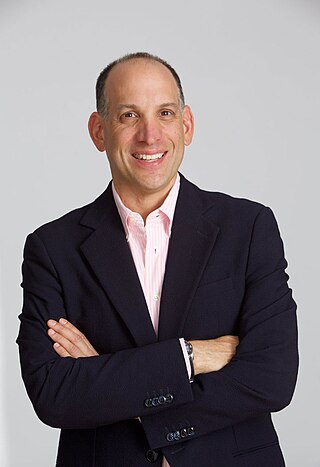
Mike Berland is founder and CEO of Decode_M, an insights and strategy firm. Prior to founding Decode_M in 2016, he was CEO of Edelman Berland, the global intelligence, research, and analytics division of Edelman. Before joining Edelman Berland in 2012, he was President of the market research and polling firm Penn, Schoen & Berland.
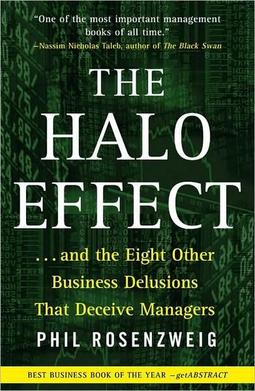
The Halo Effect is a book by business academic Phil Rosenzweig that criticizes pseudoscientific tendencies in the explanation of business performance. The book was published by Free Press on February 6, 2007. As well as many business magazines and newspapers, the text targets specific books and academic research published by business schools. It outlines nine "delusions": mistakes of reasoning that undermine these recipes for business success. In light of these mistakes, Rosenzweig argues, much of business writing is what Richard Feynman called "cargo cult science", having the superficial trappings of science but operating at the level of story-telling. The book also considers some more scientific business research, whose conclusions are more rigorous but do not promise a simple recipe for success. The subtitle of the 2007 US edition is "and the Eight Other Business Delusions that Deceive Managers" while that of the 2008 UK edition is "How Managers Let Themselves Be Deceived".
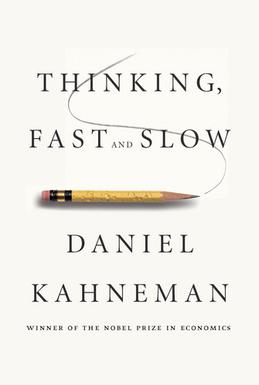
Thinking, Fast and Slow is a 2011 popular science book by psychologist Daniel Kahneman. The book's main thesis is a differentiation between two modes of thought: "System 1" is fast, instinctive and emotional; "System 2" is slower, more deliberative, and more logical.

Management System (Open Source) is a socio-technical system that leverages the cumulative knowledge of management practitioners and evidenced based research from the past 130 years. The system was developed by DoD components in partnership with industry experts and academic researchers and builds off of the US Department of Wars version 1.0 open source management system - Training Within Industry.

Noise: A Flaw in Human Judgment is a nonfiction book by professors Daniel Kahneman, Olivier Sibony and Cass Sunstein. It was first published on May 18, 2021. The book concerns 'noise' in human judgment and decision-making. The authors define noise in human judgment as "undesirable variability in judgments of the same problem" and focus on the statistical properties and psychological perspectives of the issue.












